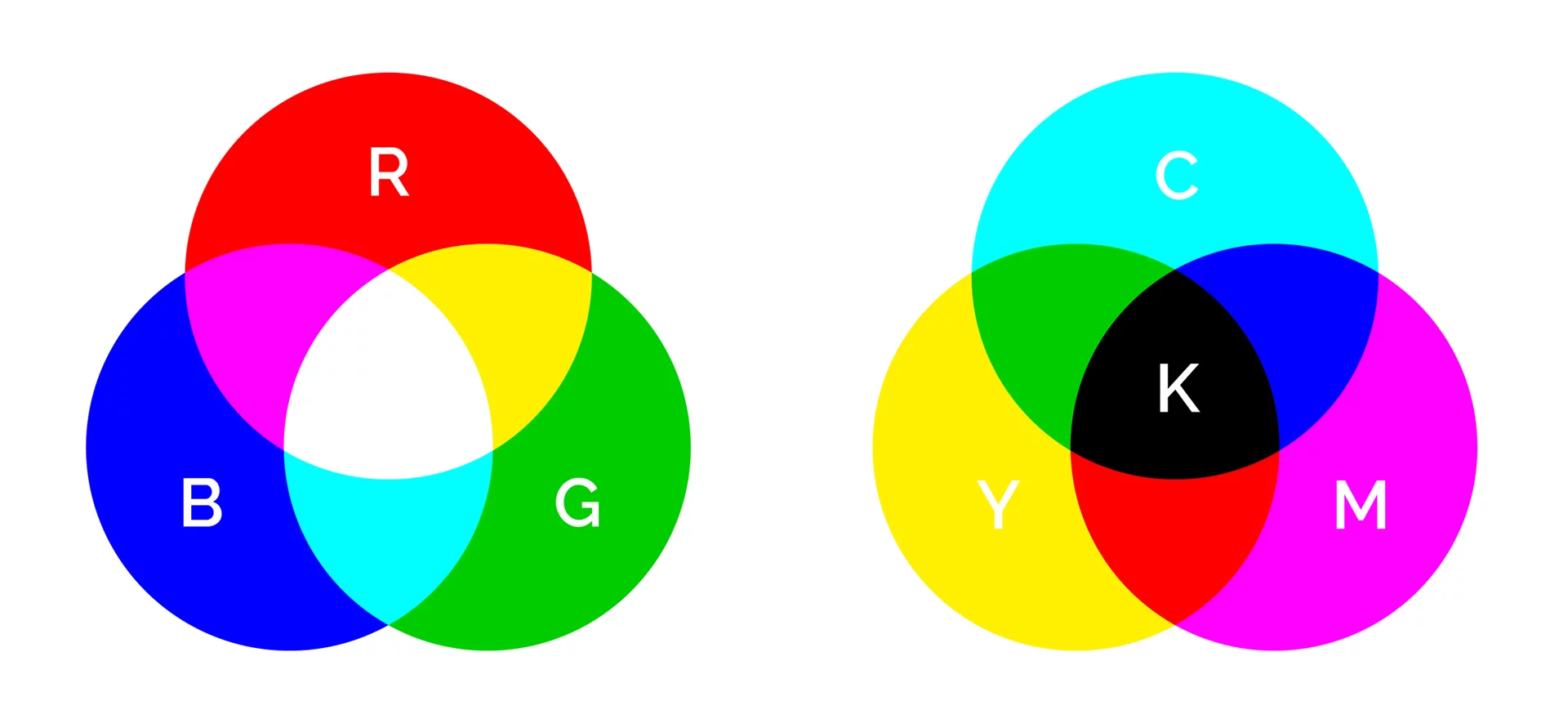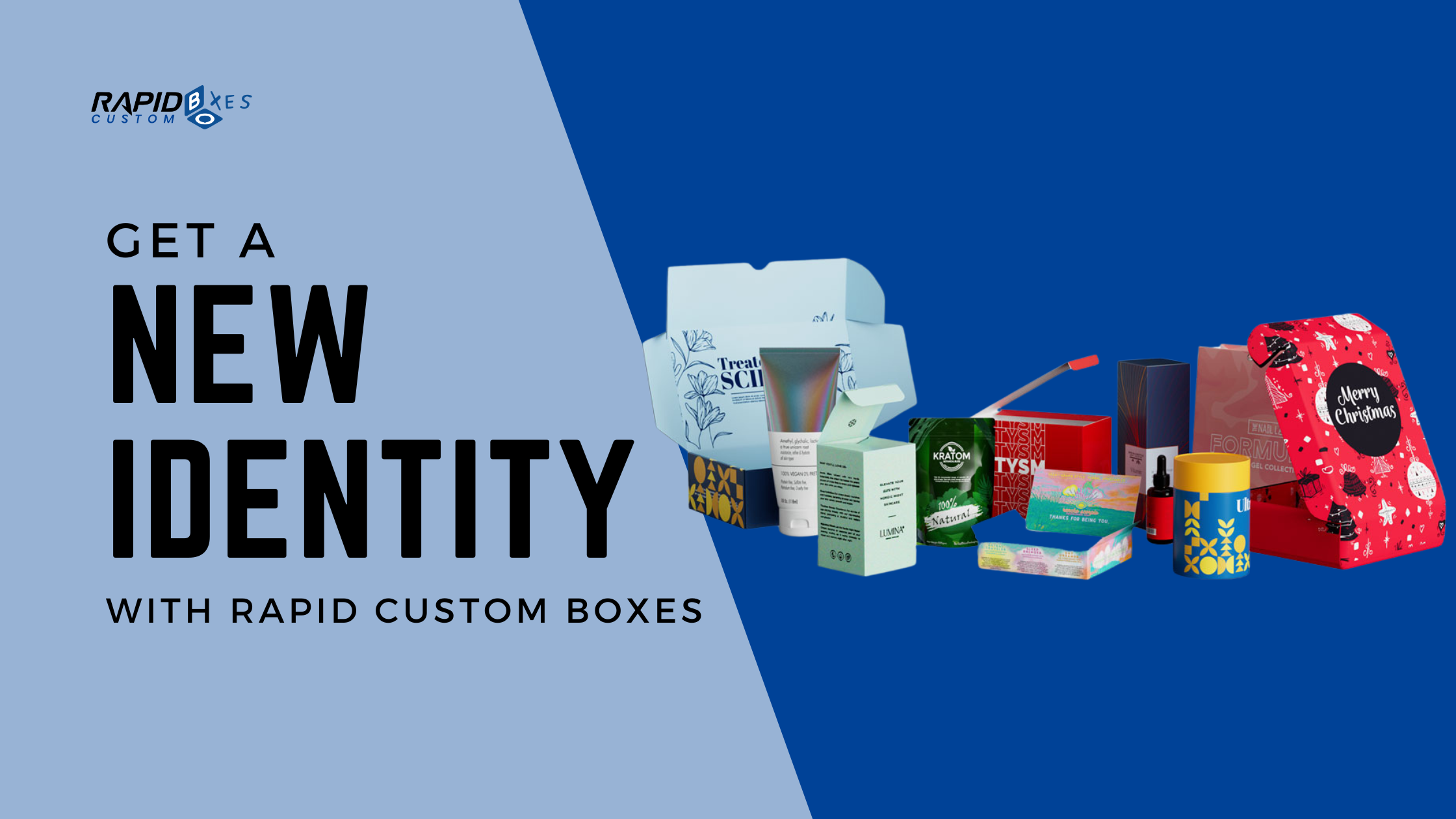Packaging solutions or printing products play a vital role in making the first impression of any business. Are you looking for an ideal choice of paper stock to meet the packaging requirements of your business? Then, you need to understand the difference between various stock options on the basis of their weight or thickness. Packaging companies are offering their stock options in two metrics named Gram per Square Meter and Point System. nnBoth are ways to measure the quality of a paper. Then, what criteria do I need to select to meet my specific printing requirements? The answer is dependent upon understanding these interchangeable terms and their meaning. Here, we will analyze GSM vs. PT unit factors in detail to clear your mind. After reading this article, you will be able to choose paper stock by checking its weight and thickness according to your printing project. So, stay with us.n
GSM vs. PT Units: Similarities and Differences
nBoth are ways to measure the paper stock for designing, packaging, or any other purposes. Both the thickness and the weight are two important factors to decide when you are designing or printing your product. n
Understanding Point System
nThis system is widely in practice in South and North American regions. The following are the basic features of this measuring system:n
- n
- Here, you will analyze the length and thickness of a paper stock
n
- The thickness of any paper is measured with the help of calipers, and each point is equal to 1/1000th of an inch.
n
- The higher the value, the greater the thickness and strength of the material
n
- Materials like corrugated paper stock are measured in terms of PT or on the base of their thickness.
n
n
Understanding Grams per Square Meter (GSM)
nThis system is widely practiced in Europe, Asia, Africa, Australia, etc. The following are the basic features of this measuring system:n
- n
- You can say the point system has a metric equivalent named GSM.
n
- We make use of centimeters and meters for defining various stock options rather than inches.
n
- You will analyze the weight, length, and breadth of a proper stock.
n
- The weight of the paper is analyzed in terms of ream, and one ream is equal to 500 uncut sheets.
n
- A paper with 90lb or 90# means that one ream of that paper is equal to 90 pounds.
n
- The weight of a paper may or may not linked to its thickness as some materials are thicker with lower weight values, like corrugated fiberboard.
n
- The higher the value of GSM, the more weight the material will have.
n
- Higher quality is associated with more GSM measurements.
n
- Packaging companies follow this system to show customers about different packaging stock cards.
n
- This system covers more information by highlighting the weight along with the cost of the various cardstock, which is why many packaging suppliers prefer it.
n
n
Comparison Between GSM and PT with Examples
nIf you have confusion in mind about these measurement systems, then look at the table below. We have mentioned various paper options that differentiate in weight and thickness and their intended use according to their strength. n
nnnnnnnnnnnnnnnnnnnnnnnnnnnnnnnnn
| GSM | PT | Example |
| 35-55 | 3-6 | Newspaper |
| 90-100 | 7 | Printer paper |
| 120-140 | 8 | Posters and bulletins |
| 210-300 | 9-12 | Magazine covers |
| 350-600 | 14-22 | Packaging Box paper stock |
nFrom the first row to the last, the paper is increasing in weight, which is mentioned in terms of GSM. Similarly, the higher the weight, the more the thickness of the paper, which is measured in PT. Furthermore, the least GSM (35-55) or PT (3-6) is fragile and deteriorates rapidly with exposure to external factors. So, it is best to use temporary paper products like newspapers. nn On the other hand, the last row representing GSM, around 350 to 600, and PT, around 14 to 22, is the thickest and the heaviest among all. So, it is best to consider manufacturing packaging boxes as this type of paper will bear the external factors and can protect during transit. n
n
Selection of any Specific Measurement System
nSome materials are great in terms of smooth surfaces with high accuracy of design prints, while other options are suitable for higher durability and security features. So, one must need to select the measuring system on the base of the project. nnHere are some tips that will help you in choosing GSM or PT for your project:n
- n
- Define the requirements of your project clearly.
n
- If your project is more concerned with designing elements or typography, then OT is the right choice.
n
n
- If your product is coerced with durability and strength, then GSM is the right choice.
n
n
Application of GSM and PT Measurements Interchangeably
nA paper of stock can be measured both in GSM and PT. Here arises the question: can we use them reciprocally? Yes, whatever your product is, you can use these two measurement systems interchangeably. The below table helps you convert values from GSM to PT and vice versa:n
nnnnnnnnnnnnnnnnnnnnnnnnnnnnnnnnnnn
| Thickness (PT) | Weight ( GSM) |
| 13 point pulp | 200 |
| 14 point uncoated | 270 |
| 16 point C2S / SBS | 350 |
| 18 point C2S | 400 |
| 24 point Uncoated | 405 |
| 24 point C2S/ SBS | 460 |
| 40 point cotton | 600 |
nNow, it is clear that whether you want to go for a GSM or PT measurement system, you can have the perfect choice of material that is according to your product requirements. n
n
Frequently Asked Questions
n
What is the better option between the GSM or PT system?
nAs these systems are completely interchangeable, you cannot say that any specific system is better. If you want to select any one of them, then check the requirements of your printing product. For example, many packaging products prefer the GSM system, while paper products like newspapers, magazines, etc. PT is commonly in use. n
Can I convert GSM into PT and vice versa by myself?
nYes, you can convert GSM into PT or vice versa by using online conversion calculators. You need to put the values for one of the measurement systems, and the tool will show the value in the other system. Remember that these conversion tools are not accurate measurements and give approximate results because of the various materials and their coatings, etc. So, it is best to directly ask your supplier about conversions.n
For what type of paper or materials GSM and PT measurements are applicable?
nThese measuring systems apply to several products along with paper like:n
- n
- Cardboard
n
- Packaging Cardstock
n
- Textiles
n
- Plastics
n
- Metal
n
- Magazines
n
- Business cards
n
- Book covers
n
n
What are the criteria for selecting the right GSM or PT measurement to meet my specific requirements?
nThe answer to this question depends on your product and its specific requirements. If you are looking for paper to manufacture magazines, then go for a GSM of more than 200, and a PT of more than 9 is recommended. Likewise, for packaging boxes, you need to go for higher values to get more strength. So, it is best to ask your packaging supplier about the best choice of various paper or cardstock options.n
Bottom Line
nGSM and PT are two basic criteria when making any choice of printing materials for your project based on the weight and the thickness, respectively. Understanding the meaning of these systems and their difference help an individual in making the most suitable choice. Along with these criteria, many other factors affect the choice of any specific materials, like printing aspects, designing factors, finishing techniques and application of embellishments and other value-added features.nnSo, you need to consult only professional packaging suppliers to get the best advice on the choice of any material or paper for your products. Among many options, Rapid Custom Boxes is one of the reliable platforms to ask any query from experts and or to satisfy your specific needs. At this place, you have a wide range of options, including advanced technology and modern methods of manufacturing various printing products.











